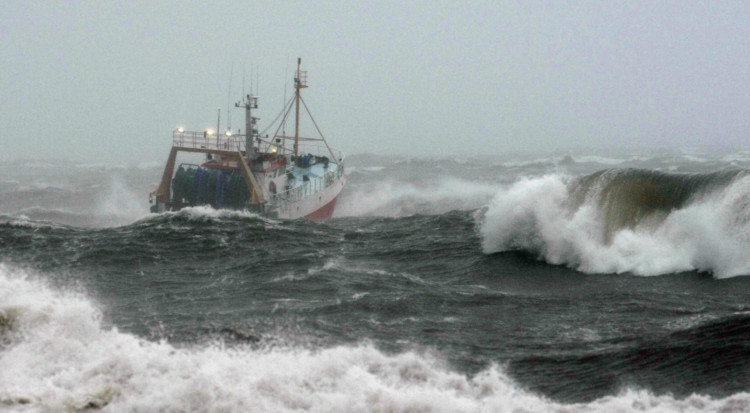Forties, Cromarty, Forth, Tyne, Dogger, Fisher, German Bight. My first words alarmed my parents because I hadn’t spoken a word until I was almost two and then started talking in sentences.
But it was clear I had been listening to the shipping forecast.
It had gripped me from an early age and still does.
The Radio 4 broadcasts are a national institution, followed and loved by millions.
It may be the soothing, repetitive comforting, almost-hypnotic delivery of the forecast that endears it to many.
Or its attraction may be the reminder it provides of the maritime heritage of the people of these islands.
The shipping forecast opens up a new geography to the landbound, one that stretches from the warm ocean off the coast of Spain to the icy waters off Iceland.
I had spent four decades as a shipping forecast adherent before I made a stunning discovery a couple of summers back.
I began covering the late shift at work and after my first night, I got to my car just after 12.45am.
There was a tune playing which carried the rhythms of the sea. It was Sailing By. This was followed not just by an extended shipping forecast but also the conditions from coastal stations.
This was a whole new world of forecast areas Stornoway, Lerwick, Wick, Sandettie Light Vessel Automatic and, most magical of all, Machrihanish Automatic.
At that moment I knew how lottery winners must feel. It was a moment to equal the day I found a list of cars registered in Dundee in 1937. A massive list that took more than an hour to memorise.
A stormy night, driving home to the poetry of the shipping forecast is something to look forward to. And to arrive home just as Machrihanish Automatic, the final coastal station, is read out, is the perfect end to a day.
On the negative side, my devotion to the shipping forecast did cause my parents some embarrassment.
If anyone said in passing, “A bit windy today”, a toddler might answer, “No, it’s southwesterly veering northerly or northwesterly five or six, decreasing four for a time, slight or moderate, occasional rain for a time, good, occasional poor.”
Only world war has halted the shipping forecast which began in 1861 as a series of telegraph messages.
The Met Office took over responsibility in 1911 when the forecast was first broadcast on radio.
These stopped when the First World War started 100 years ago and did not restart until 1921.
Again, between 1939 and 1945, the shipping forecast went off air.
The most southerly area, Trafalgar, is only mentioned in the 12.48am broadcast. This area is located off the west coast of Spain. The two most northerly areas are Southeast Iceland and Faeroes.
